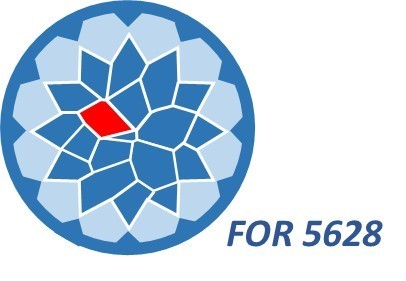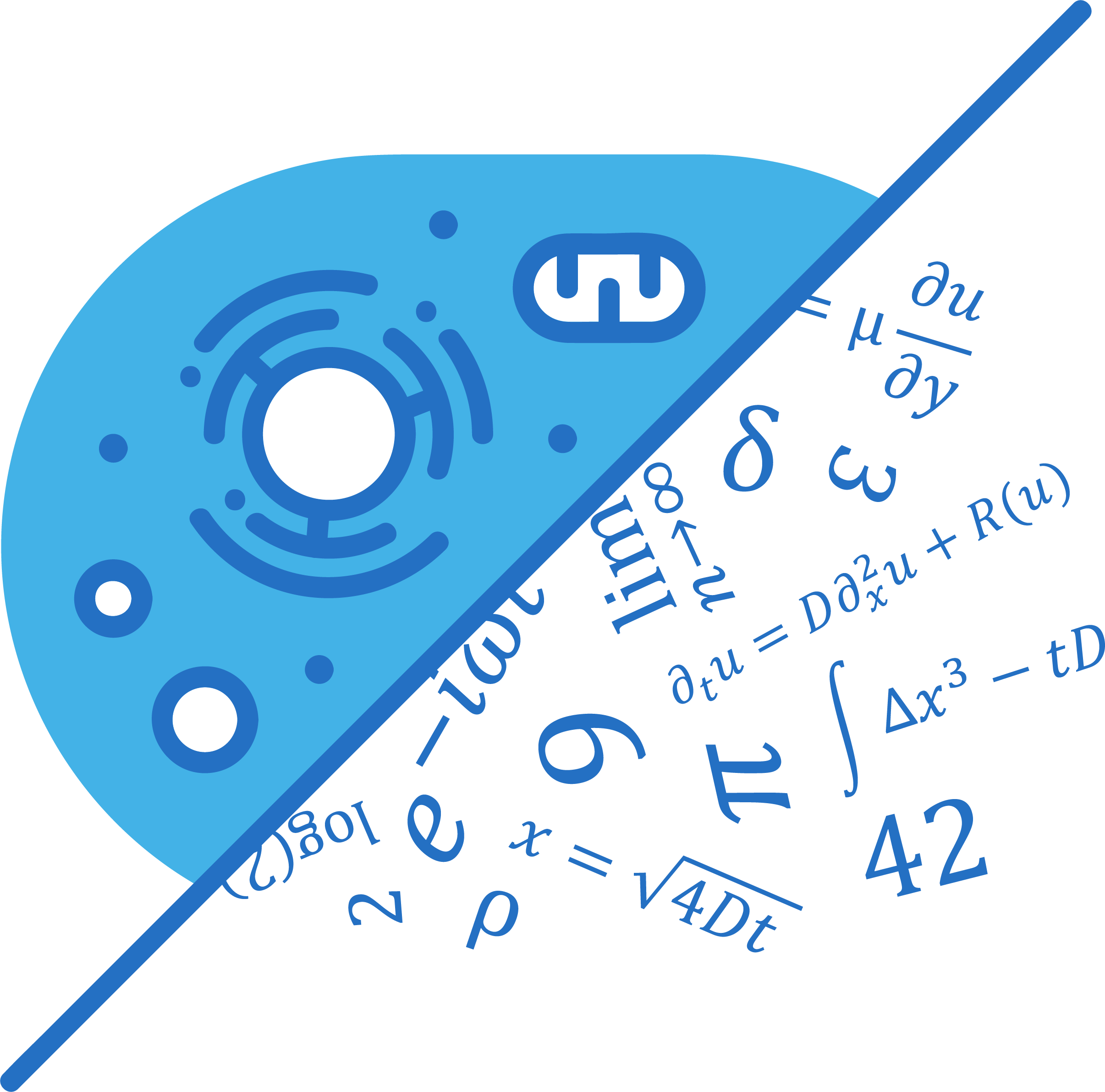|
15th Annual Symposium Physics of Cancer Leipzig, Germany Sept. 30 - Oct. 2, 2024 |
PoC - Physics of Cancer - Annual Symposium |
|
|
Invited Talk
Mechanotransduction at cell-cell junctions: beyond the usual suspects
Stanford University, Chemical Engineering, 443 Via Ortega, Shriram Center, Stanford, CA 94305, United States
Contact: | Website
The construction of multicellular tissues requires that cells sense and respond to mechanical forces generated by their neighbors and by external mechanical stresses that might otherwise threaten tissue integrity. Previous work has revealed that the E-cadherin/beta-catenin/alpha-catenin complex acts as a nexus for mechanosensing at intercellular junctions. In contrast, much less is known about how the other adhesion complexes present at cell-cell junctions sense and respond to mechanical force. PSD95/Dlg/ZO-1 (PDZ) domains are small, ubiquitous scaffolding domains that are integral to the construction of multiple cellular adhesion complexes. In unpublished work, we find that the PDZ domains of two junctional scaffolding proteins, afadin and zonula occuldins-1 (ZO-1) show remarkable and unexpected forms of mechanosensitivity that allow both proteins to respond to physiologically relevant levels of mechanical force. In a separate study, we examine the molecular mechanisms underlying the activation of adhesion G protein-coupled receptors (aGPCRs). These unusual GPCRs link to the extracellular matrix or to neighboring cells via large extracellular domains. Using single-molecule magnetic tweezers assays, we demonstrate that mechanical force can act to potently activate the aGPCR latrophilin, which is involved in diverse cellular processes that include the construction of neuronal synapses and the detection of fluid flow in the circulatory system. These and other studies indicate that mechanosensing may be a pervasive feature of junctional adhesion and signaling molecules.
|









